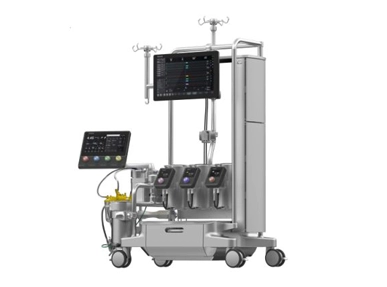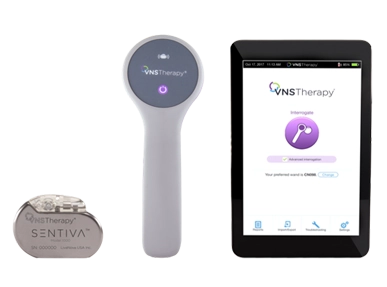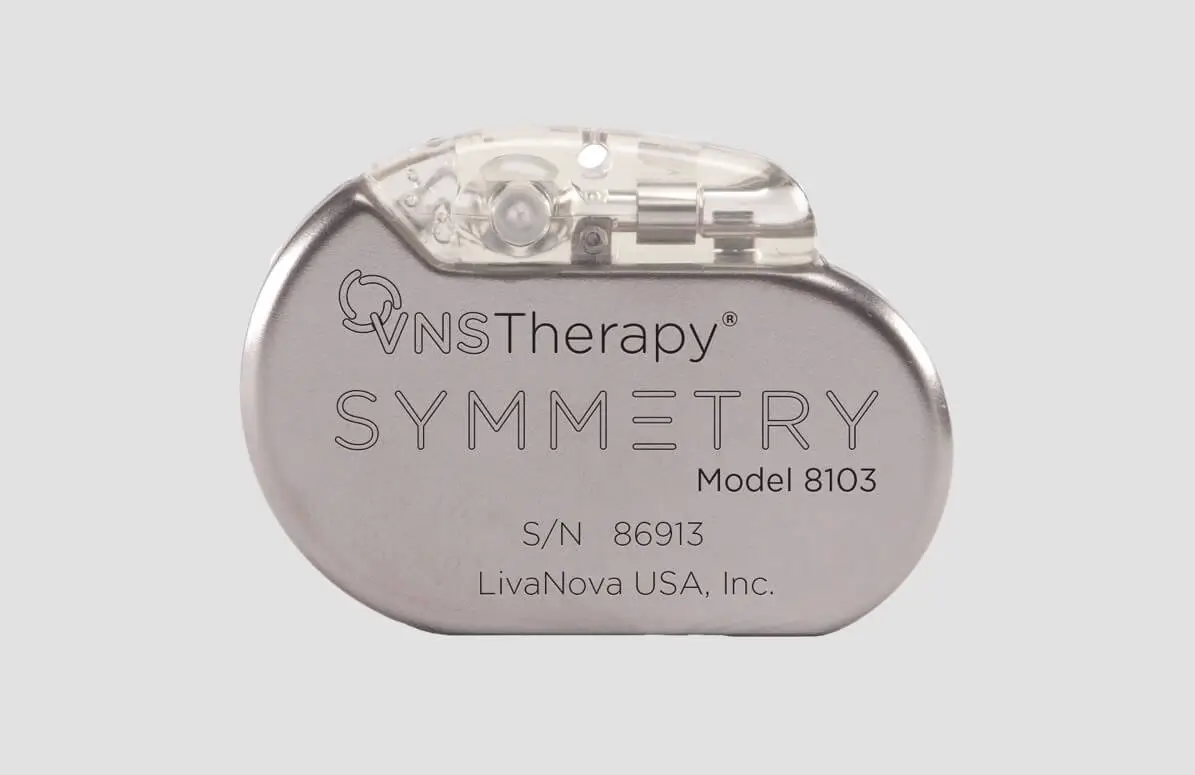Welcome to impact & innovation

Ingenious Medical Solutions That Ignite Patient Turnarounds
At LivaNova, we don’t just treat conditions — we aspire to alter the course of lives, striving to offer days without seizures, nights of unencumbered sleep, minds unburdened by depression, hearts beating strong and steady.
*Availability of products and product information varies by geography.
Welcome to a New Day
We see the person beyond the condition, the potential beyond the limitations, the life waiting to be reclaimed.
Supporting Well-Being with a Sustainable Business
We work to reduce the environmental impact of our products and operations, provide engaging and rewarding work for our employees, and always lead with product safety.

Create new beginnings
LivaNova Careers
We treat our work as if lives depend on it — because they do. As a people-oriented company, our employees around the world are fully committed to making the world a better place.


